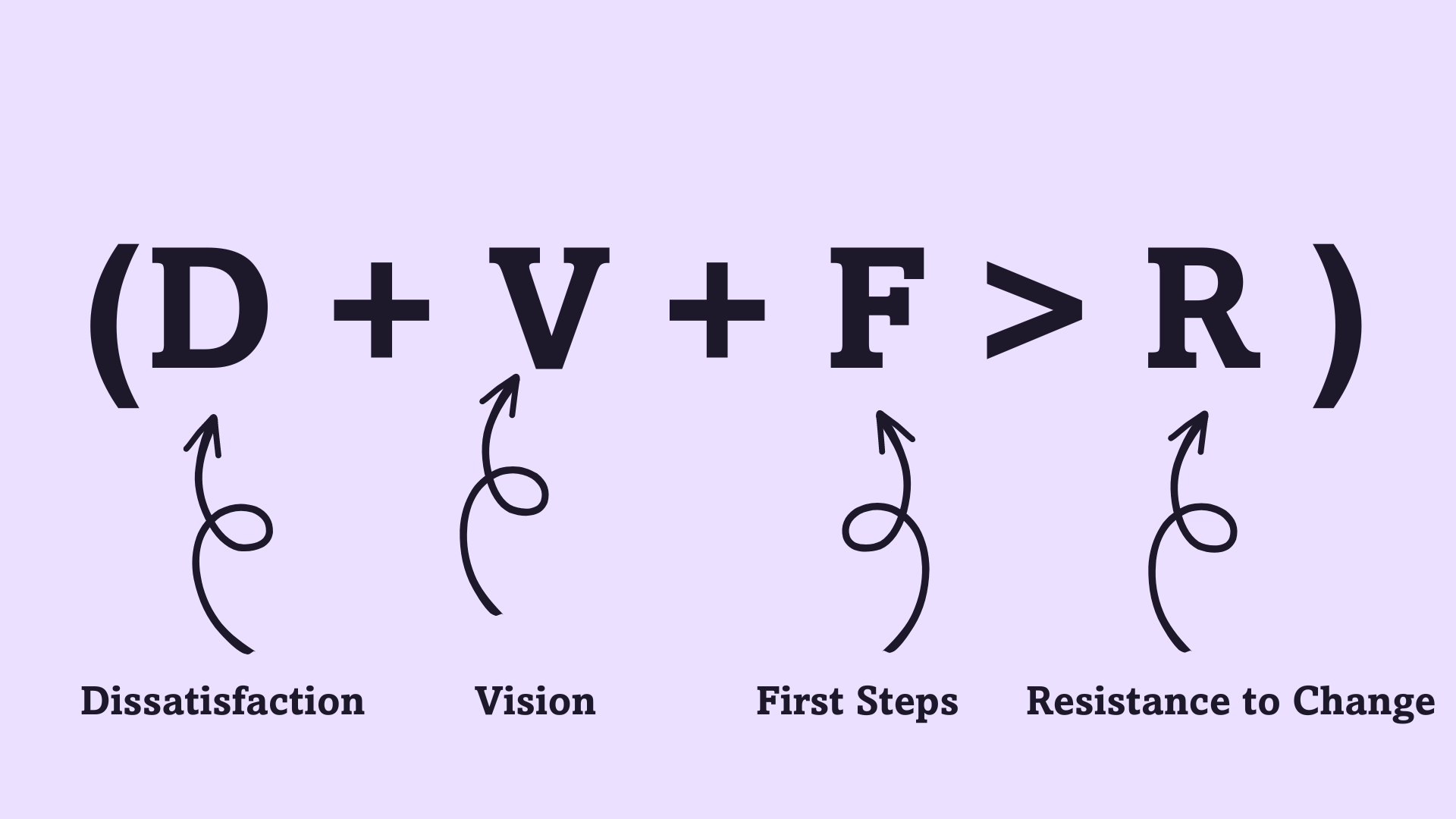Share this
Embracing Technology for Better Global Mobility Management
by Fathers & Lavan on Aug 17, 2023 9:09:59 AM
As the world of work undergoes a digital transformation, it's essential for global mobility management to keep pace with technology. Many businesses still rely on manual processes, such as spreadsheets, to manage their mobility programs. In this Knowhow, we will delve into the benefits of technology in mobility program management, explore the reasons behind the hesitancy to adopt technology, and highlight the path towards a more efficient and effective future. Let's dive in! 🚀
The benefits of technology in Mobility Program Management

Effective mobility program management relies heavily on accurate tracking and monitoring of essential information, such as start dates, end dates, what package was approved, work permit and social security certificate expiry dates🌍. It's crucial for employers to have proper tracking tools in place to avoid slips, confusion, additional costs, and damage to their reputation. Also, understanding why exceptions are made to policies can help prevent potential conflicts in the future.
When businesses rely on outdated tools like spreadsheets to manage mobility programs, they run the risk of errors, duplication, and missed deadlines. However, by embracing technology, companies can streamline their processes and improve compliance, freeing up valuable time for their teams to focus on more impactful work 💡. Technology provides a single source of truth, automated reminders, and assigned responsibilities, eliminating the risk of errors and reducing reliance on individual team members. Although some may be hesitant to change, the benefits of implementing a technology platform for mobility program management are clear: reduced risk, increased efficiency, and enhanced employee experiences. 💻
This shift to technology not only saves time but also enables teams to concentrate on more value-added tasks, rather than repetitive and process-oriented ones. By fully embracing technology, businesses can unlock new levels of productivity and unleash the full potential of their global mobility programs.
So, why don't more businesses use technology for Global Mobility?🤔

One reason why businesses may not implement technology solutions or tools is 💰 cost. Technology can be expensive, especially for smaller programs on limited budgets. Mobility teams may not be able to explain the benefit of technology to their budget holders. Finally, the human impact of transitioning to technology-driven solutions can create anxiety, as employees may worry about the changes to their ways of working. 😬
Breaking down resistance to change 💪

To overcome resistance to change, businesses must understand why they rely on spreadsheets and what needs to change, to overcome resistance to change. Comfort with spreadsheets and lack of awareness about technology benefits are common reasons. Using the change equation (D + V + F > R ) can help🤓.
D + V + F > R. R represents resistance to change, which is present in everyone. D is the level of dissatisfaction with the current state, while V is the vision for the future. F stands for the first steps needed to achieve the change.
Creating a vision of a better future and outlining clear steps for change are critical to breaking down resistance and making technology adoption the preferred state. Businesses can also make use of lower cost and user-friendly technology tools as a first step towards embracing technology, even with limited budgets. By doing so, companies can empower their employees to focus on more value-added tasks and provide an enhanced employee experience for those who move. It's time for businesses to seize the opportunities offered by technology and step boldly into the future 🚀.
The future of Global Mobility Management🔜
The landscape of global mobility management is evolving, and new, modern SaaS technologies are emerging to streamline adoption. These technologies incorporate best practices and deliver intuitive, out-of-the-box features that enable organizations to start using them immediately with little or no implementation costs in terms of time, money, and resources. With lower entry costs and streamlined implementation processes, it's becoming increasingly feasible for a wider range of businesses to embrace technology and unlock the advantages it brings. Purpose-built mobility technology that guides teams through processes can provide further value for those transitioning from spreadsheets. 🌍💼💻
The use of technology in global mobility management is no longer a luxury but a necessity for businesses looking to stay competitive in a rapidly changing landscape. With the right technology tools at their disposal, businesses can focus on delivering a better experience for everyone involved in global mobility management. The future looks bright for businesses willing to take advantage of the opportunities that technology brings. 🚀💡💼
.png?width=713&height=401&name=evolution%20(2).png)
The opinions expressed in this article are those of the authors and may not reflect the opinions or views of Workia. Always seek professional advice based on actual circumstances before acting.

No Comments Yet
Let us know what you think